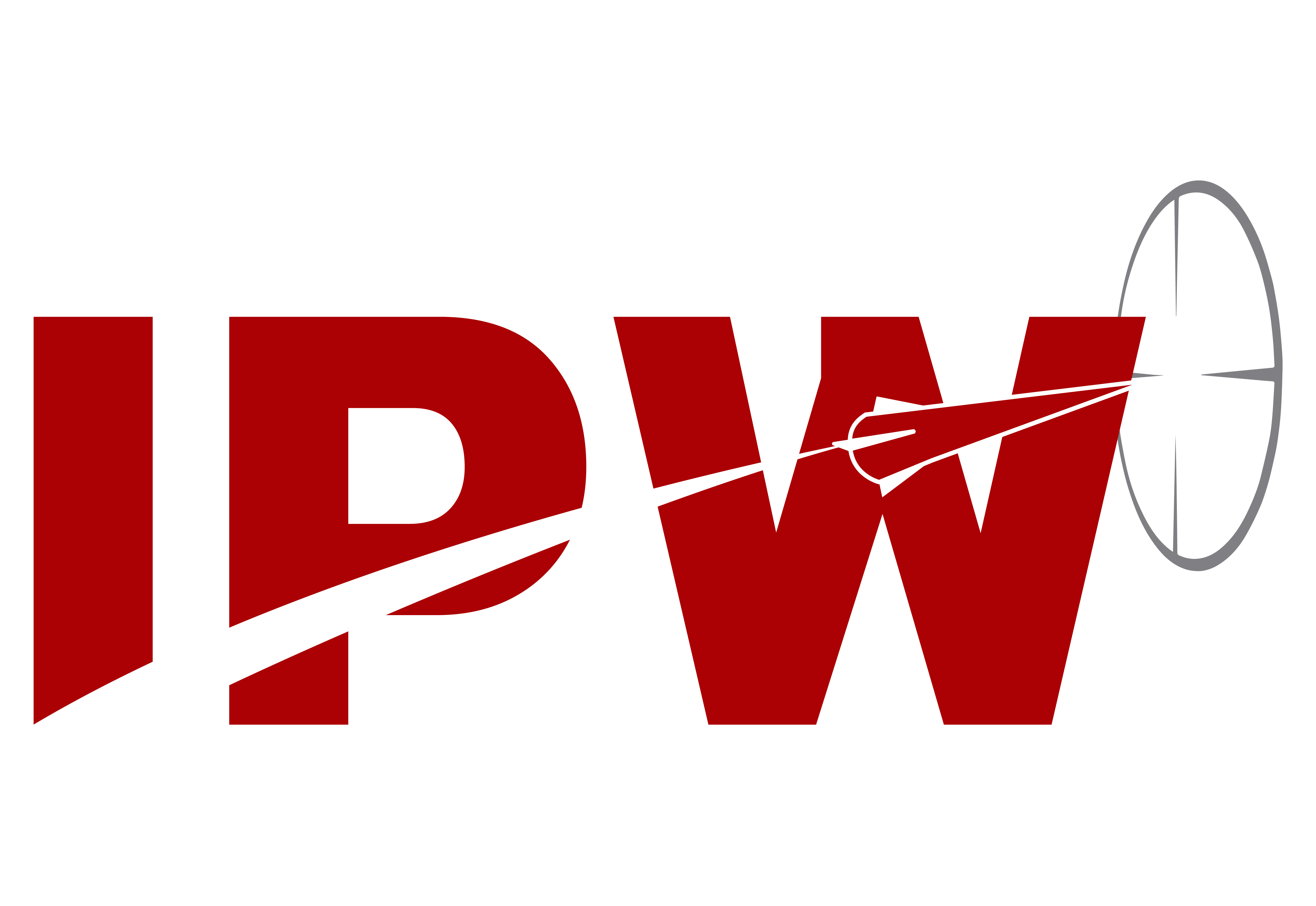-
Air Combat Survivability
Enhancing survivability is an essential element of overall combat mission effectiveness by promoting the communication of survivability technical information to develop requirements for, design, build, and tactically employ military weapon systems.
-
Armaments
The Armaments Division provides a forum for industry, government, and the military services to address issues related to sustaining superior armament system capability for the warfighter.
-
Chemical, Biological, Radiological and Nuclear (CBRN) Defense
The CBRN Defense Division focuses on traditional defensive measures, chemical weapons demilitarization, treaty compliance, industrial base issues, and domestic preparedness.
-
Cyber-Augmented Operations
The Cyber-Augmented Operations Division (CAO) focuses on harnessing the power of cyber-related technologies (such as high-speed processing, agile spectrum electronics, and information algorithms) to deliver speed and automation to create both tactical and operational advantages in military operations. CAO technologies will expand as innovators reveal the potential for cyberspace beyond support for intelligence and traditional military operations.
-
Cybersecurity
The Cybersecurity Division addresses the impacts of regulations imposed by government on industry such as the FAR and DFAR contract clauses on protecting controlled but unclassified information, and the steps necessary for compliance with NIST 800-53 and NIST 800-171 guidance. The Division also addresses legislation such as the Cybersecurity Information Sharing Act. Finally, Cybersecurity collaborates with other NDIA Divisions to address cybersecurity issues such as supply chain risk and advanced manufacturing.
-
Electronics
The mission of the Electronics Division is to lead the evaluation of current and future challenges, and to develop proposed solutions to address such challenges so that the U.S. Government and industry may access and provide trusted and assured electronics.
-
Expeditionary Warfare
The Expeditionary Warfare Division is the focal point and coordinating element within NDIA for the identification, study, and resolution of expeditionary warfare and force protection issues in the littoral regions of the world that affect the strength of the national defense industrial base and the armed services.
-
Health Affairs
The NDIA Health Affairs Division is leading industry-focused Defense and Veteran's Health activity in addressing vital medical and technological innovations; advocating for critical changes in government policies, procedures, and legislation; and facilitating key industry, government, and academic partnerships to significantly improve diagnostic, treatment, and overall care for our nation's heroes and their families.
-
Human Systems
The Human Systems Division addresses the full spectrum of areas related to the person as a system whose performance must be integrated into any system of systems. The Division works with government, industry, and academia to advance human performance in air, land, sea, space, and cyberspace environments through research, education, and consultation.
-
Integrated Precision Warfare
The Integrated Precision Warfare Division drives a strategic dialogue between the Precision Strike and SLAAD communities.
-
Integrated Program Management
The Integrated Program Management Division promotes a strong industry-government working relationship to address disciplined program performance management methodologies for planning and executing programs to optimize outcomes. Disciplined program performance management methodologies include earned value management. The IPMD initiates and leads program management improvement initiatives with the DoD and other federal agencies for the mutual benefit of the industrial base and the government to understand and adapt to changes in the procurement environment.
-
International
The International Division is the Association’s focal point and coordinating element for identification, study, and resolution of management and business issues associated with government policy affecting the export of defense articles and services, and the globalization of the defense industry.
-
Logistics Management
The Logistics Management Division includes industry and government participants and is one of the most active national-level logistics organizations. The Division works with DoD to enhance the effectiveness and efficiency of logistics support to the warfighter. Division activities include government/industry studies and other collaborative efforts focusing on four major thrusts: Multi-Year Contracting Authority; Public Private Partnering; Logistics Workforce Knowledge, Skills, and Abilities; and Best Value Contracting.
-
Manufacturing
The Manufacturing Division promotes regulate exchanges between the Defense Department, government agencies, universities, and industry of information relating to the design, development, acquisition, manufacture, and support of military systems.
-
Munitions Technology
The Munitions Technology Division maintains an open exchange of technical information among government and industry programs and technical managers, and to identify changes and trends in policy, guidance, and organizational functions that impact the development, production, maintenance, and demilitarization of munitions.
-
Procurement
The Procurement Division discusses sound and practicable procurement/acquisition policies and procedures on all matters affecting government/industry business relationships relating to the procurement/acquisition process.
-
Robotics
The Robotics Division addresses the national security-related applications of robotics technology. Focus areas for the Division include the research, development, acquisition, application, integration, and sustainment of unmanned ground vehicles to enhance the capabilities and survivability of warfighters.
-
Science And Engineering Technology
The Division provides a forum for discussion of the nation’s defense needs by examining existing capabilities and suggesting appropriate measures to overcome deficiencies in defense research and development. Experts from industry, government, and academia to examine vital information in an open forum on technical needs and planned efforts.
-
Security and Counterintelligence
The Security and Counterintelligence Division represents member companies’ interests in all matters regarding industrial security. It is responsible for monitoring all security matters relating to the Defense Industrial Security Program, special access programs, and other activities that affect national security programs and corporate assets.
-
Small Business
The Small Business Division aims to help grow and maintain a strong and diverse small business defense industrial base in support of our national security, promoting business skills/opportunities while providing insight on the needs of the defense community.
-
Space
The U.S. Department of Defense, intelligence community, and the NDIA Space Division have common interests for collaborating to ensure they are well informed of each other’s plans, perspectives, issues, and concerns to best ensure effective dealings with each other in the National Security Space domain.
-
Special Operations/Low-Intensity Conflict
The mission of the SO/LIC Division is to assist industry, government, and the public in understanding both the critical role of special operations (SO) and low-intensity conflict (LIC) forces in our national security strategy and how these forces are integrated within our national military structure.
-
Systems Engineering
The Systems Engineering Division works to promote the widespread use of systems engineering (SE) in the Department of Defense (DoD) acquisition process in order to achieve affordable and supportable weapon systems that meet the needs of the military users.
-
Tactical Wheeled Vehicles
The primary objective of the Tactical Wheeled Vehicles Division of NDIA is to enhance the security of the United States by promoting communications and interaction between the defense industry, government, and military in the area of automotive activities.
-
Technical Information
The Technical Information Division is concerned with all aspects of technical documentation: concept, analysis, preparation, management, control, and dissemination. The Division's fields of interest include: the configuration management of drawings, specifications, and digital data; management of engineering drawings, specifications, and standards; data management; policies and processes; computer-aided documentation techniques; and ISO requirements.
-
Test & Evaluation
The mission of the Test & Evaluation Division (T&E) is to foster informed dialogue between private and public sectors on defense T&E issues; enhance the development of T&E policies that improve the developmental, operational, and live-fire T&E process; and build partnerships between the private and public sectors.
-
Undersea Warfare
The Undersea Warfare (USW) Division concentrates on the Navy's key core competency mission of countering submarine and mine threats to the free and open flow of seaborne commerce or to the conduct of power projection from the sea.
National Defense Industrial Association



























